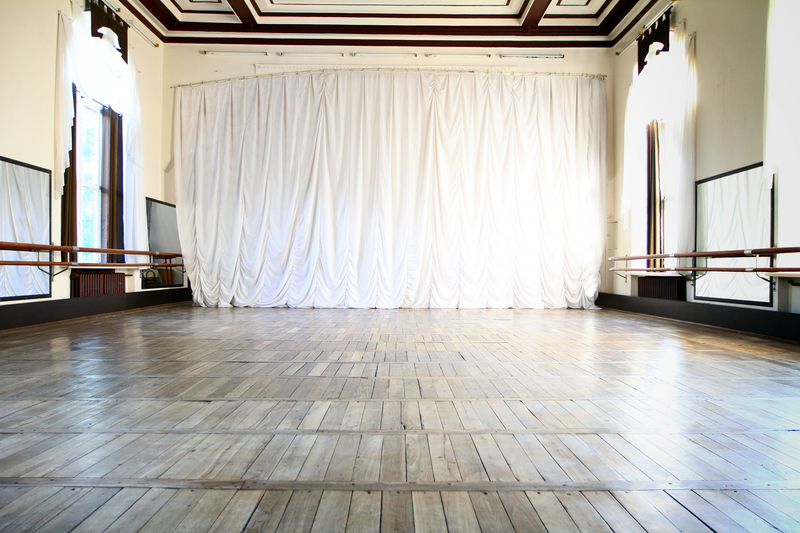Running a successful dance studio keeps owners and staff members busy on their feet. Save yourself some extra work and future hassles by reviewing these four risk-reducing steps to help you improve safety, reduce your liability, and avoid insurance debacles.
Create an Employee Workplace Safety Handbook that stresses training and safety.
An Employee Workplace Safety Handbook can help you document and implement your safety and training procedures. With a proper Safety Handbook, your employees will understand how to safely instruct students and maintain equipment to help prevent injuries and accidents. Include such things as employee job orientation and training, and safety policies and procedures. Use your manual to continually educate your dance studio instructors and employees. By doing so, you demonstrate that you are committed to safety, which in turn should lead to reduced claims and out-of-pocket costs.
Be 100% clear whether or not all your contractors are covered.
Sub-contractors are usually not automatically included on yoga or dance studio insurance policies. You have the option to add them at any time for an additional premium (if you are insured with us, add Additional Insureds here). Alternatively, you can require that your 1099 folks have their own instructor insurance. If you do the latter, you’ll want to add to your contract that they must add you on their policy as Additional Insured. Require a Certificate of Insurance from all of your subcontractors, and keep a copy of the Certificate on file. The Certificate provides the name of the insurance company that issued the policy, as well as who it was issued to, the policy number, a summary of the policy’s essential terms, effective dates, and the types and limits of insurance coverage. Also, ensure any outside vendors such as Plumbers, HVAC technicians, electricians, and other workers that you subcontract prove that they have the proper insurance before they do any work for you. Otherwise, you might get stuck covering workers’ compensation costs for an injury sustained while working at your studio or off-site locations.
Create an inventory of equipment and valuables, and understand if your equipment is covered.
First, make sure you have Equipment Insurance. The greatest confusion studio owners have with insurance is that they don’t understand that equipment insurance is not automatically included. Second, taking an inventory of your equipment and valuables will benefit you if you have that coverage. Just like homeowners and renters, you can protect your dance or yoga studio studio and valuables in case of theft, damage, or loss by videotaping each room in your dance studio, or taking photographs of your equipment and valuable items on a regular basis. Create an inventory list of the specific items you want visually documented. Should a claim arise, you would share the list and video/photos with your insurance agent. Finally, keep up your equipment with any scheduled/recommended maintenance.
Review current and projected demand for your programs and services.
Think about your growth goals for coverages you might need in near the future. If you are confident that you will soon be offering additional services and classes, such as Zumba, pole dancing, and aerial workout classes (which must be covered under Aerial Yoga Insurance), be sure to either get coverage for more participants now, or monitor and add more participants to your policy as needed. Always be honest about the number of participants you have, to ensure coverage should a claim arise. Similarly, if you downsize, or attendance drops off, call your insurance agent to see if the change qualifies you for a rate reduction.
Reducing claim risk in your studio saves time, money, and major headaches. These steps will cover the major bases to avoiding claims, and ensuring if you do have a claim, that you are in the best position to get covered fully on it.
Photo Credit: © Majesticca | Dreamstime.com – Ballet Hall With Big Mirrors Photo

